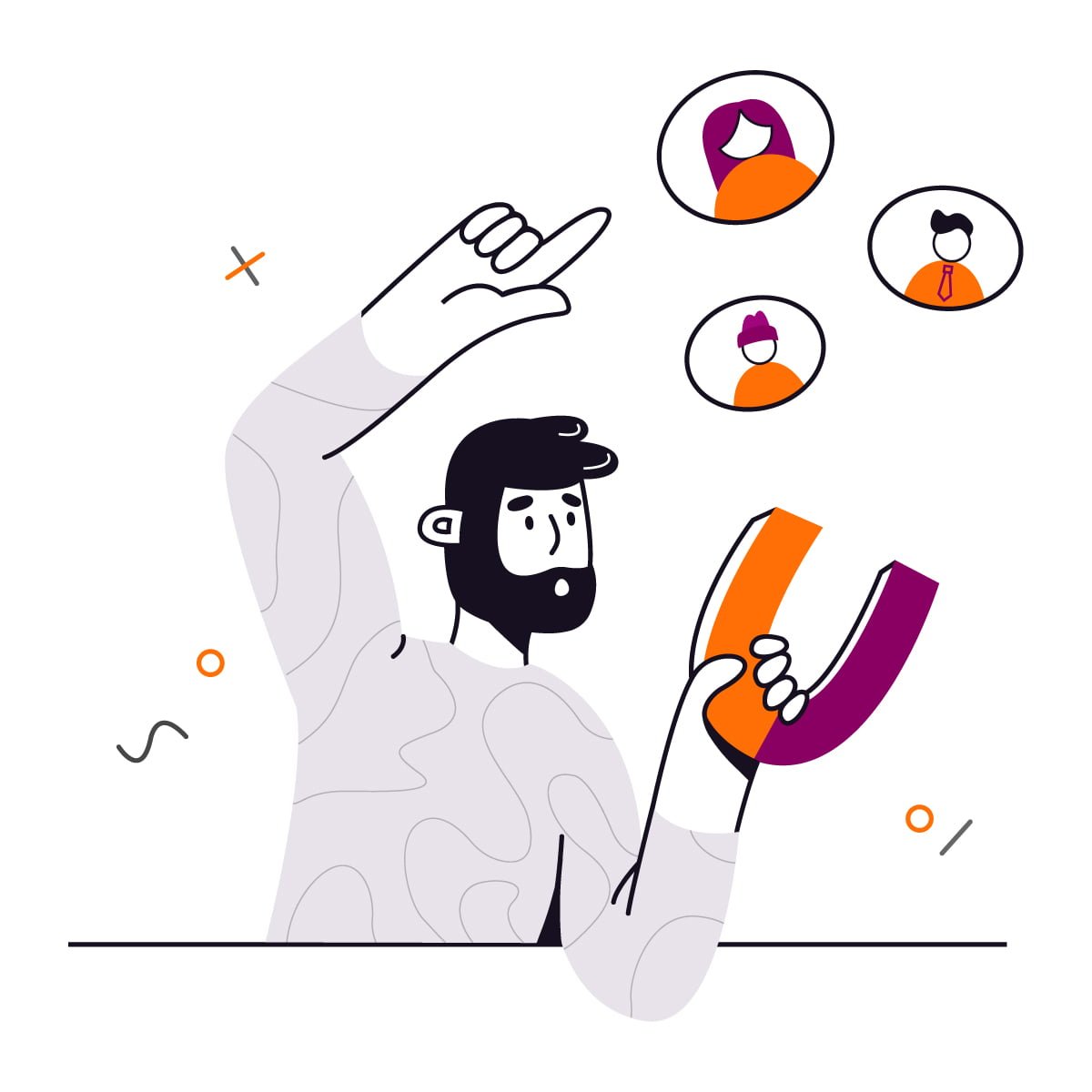Customer acquisition is all about finding and bringing in new customers. It’s the heartbeat of your business, keeping things alive and growing. Without new customers, even the best businesses can slow down and struggle to survive. That’s why a steady stream of new customers is so crucial for staying strong and successful.
In this guide, you’ll get a clear path through the customer acquisition journey, with simple steps and strategies to follow. Whether you’re just starting out or looking to improve, these tips will help you attract and keep customers, helping your business stay healthy and continue to grow.
Breaking Down the Customer Acquisition Journey
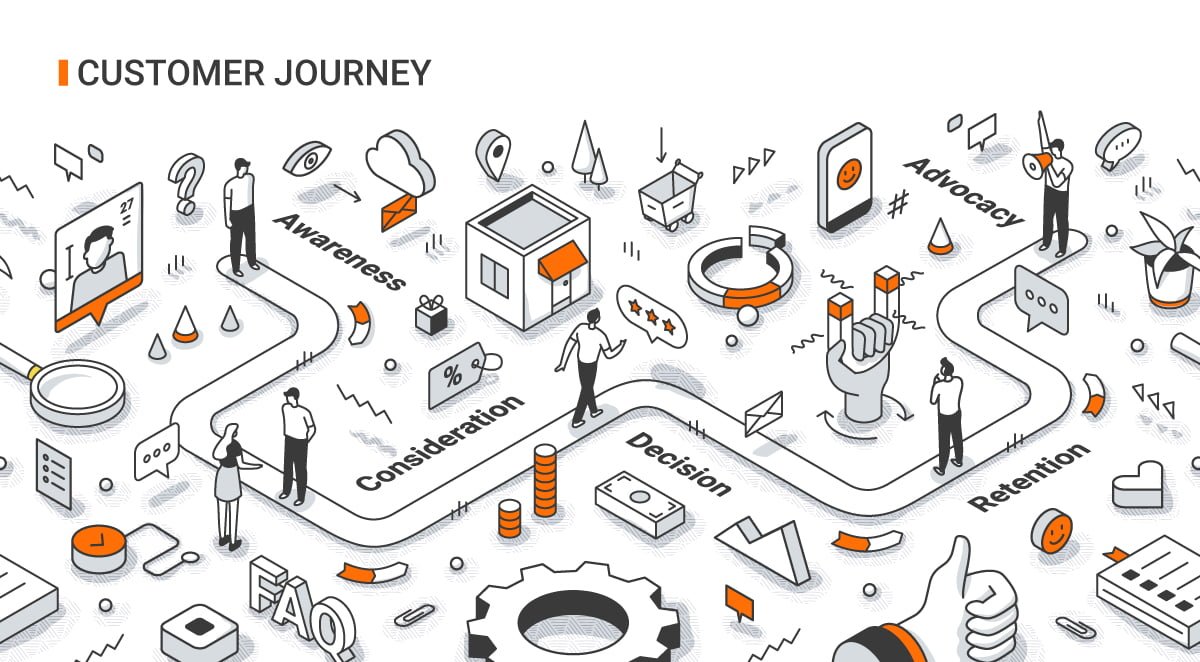
- Awareness: This is when potential customers first learn about your brand and what you offer. It’s like a first impression—you want it to be memorable.
- Consideration: This is when potential customers start thinking seriously about your products or services and compare them with other options. They’re weighing their choices to see what works best for them.
- Conversion: The pivotal moment where potential customers decide to purchase your product or service.
- Retention: Focus on keeping existing customers satisfied and engaged to encourage repeat business.
- Loyalty: The ultimate goal where customers become advocates for your brand, spreading the word through word-of-mouth.
Selecting the Best Channels for Customer Acquisition

Drawing in new customers isn’t just about the tools you use. It’s about making real connections. By mixing different channels, you can engage with your audience and build lasting relationships. Here’s how to do it:
Lead Generation Channels:
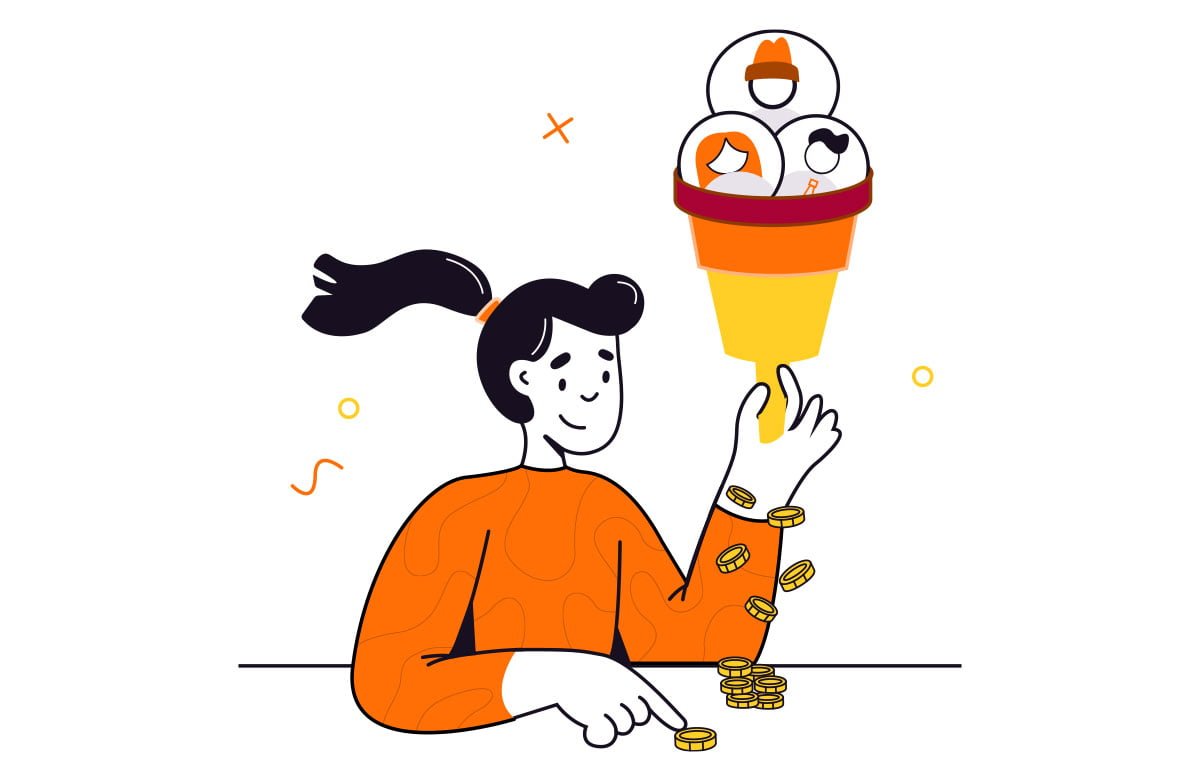
- Inbound Marketing: Attract potential customers by creating content that speaks to their needs. Whether through SEO, blogs, or social media, it’s about drawing people in naturally by offering real value.
- Customer Data Platforms (CDP): Use what you know about your existing customers to find others just like them. By analyzing your data, you can target people who are most likely to love what you offer.
- Paid Advertising: Meet your future customers where they already are with carefully targeted ads. Whether through PPC, social media, or display ads, it’s about getting your message to the right people at the right time.
Engagement Channels:

- Email Marketing: Stay connected with your prospects by sending them content that matters. Regular, thoughtful emails keep your brand on their mind and help nurture those relationships.
- Social Media: Engage with potential customers where they spend their time online. Platforms like Facebook, Instagram, and LinkedIn are perfect for building trust and starting conversations.
- Content Creation: Create content that truly connects with your audience. Be it a blog, a video, or a social post, make sure it speaks to their challenges and interests. The more you understand them, the more they’ll feel understood.
- Video Marketing: Share your brand’s story through video. It’s a powerful way to connect on an emotional level, showing your audience who you are and why you care.
Conversion Channels:
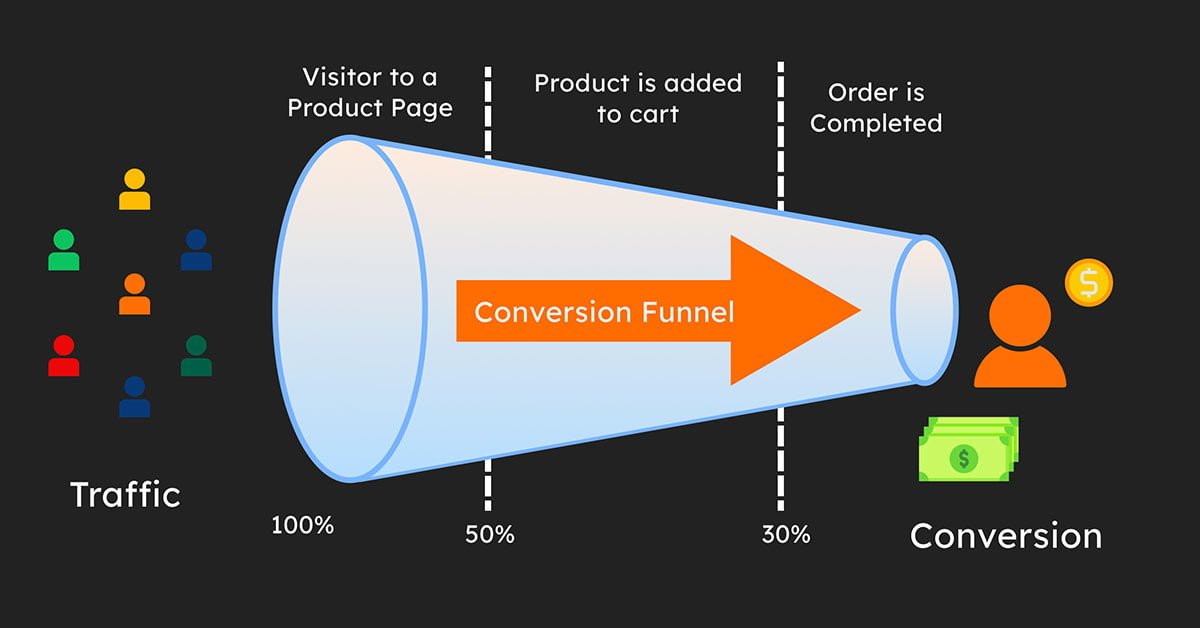
- Optimized Website: Your website should feel welcoming and easy to navigate, guiding visitors naturally toward what they’re looking for. An effortless experience makes them more likely to take the next step.
- Checkout Process: Make it simple for customers to complete their purchases. The fewer hurdles they face, the more likely they are to buy—and come back again.
- Omnichannel Presence: Make sure your customers have the same great experience, no matter if they’re shopping online or in-store. Consistency builds trust, and trust keeps them coming back.
- Offering Multiple Transaction Options: Provide different payment methods to meet the diverse preferences of your customers.
- Using Multi-Touch Attribution Models: Identifying the most effective channels and touchpoints for conversion.
Retention and Loyalty:
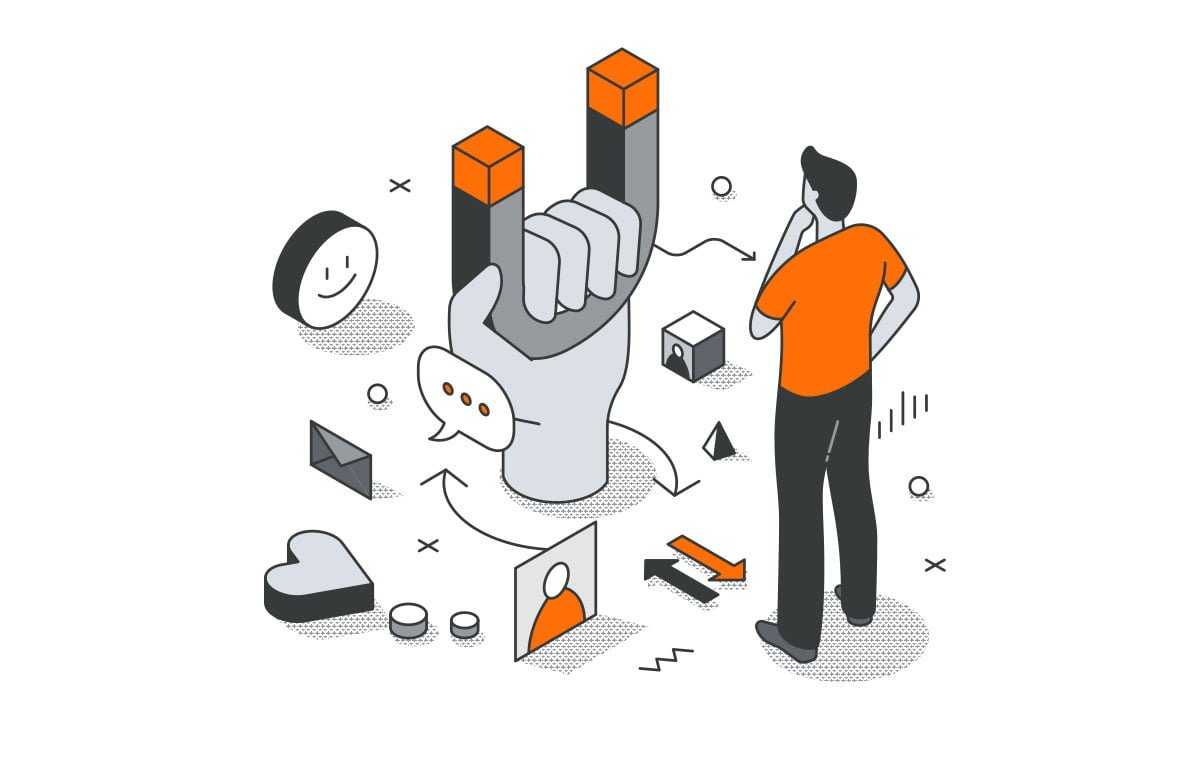
Retaining customers is often more cost-effective than acquiring new ones. Focus on building loyalty through:
- Unified Customer Profiles: Use CDPs to create detailed profiles that help you really understand your customers, allowing for more personalized and meaningful marketing.
- Journey Tracking: Watch how your customers interact with your brand to find ways to make their experience even better, showing them you care about their needs.
- Dynamic Personalization: Customize your offers and messages based on what your customers do and like, making them feel like you truly get them.
- Loyalty Programs: Keep your customers coming back by offering rewards that show how much you value their loyalty.
To deepen your understanding of customer acquisition and how different traffic sources contribute to your growth, check out our blog on Understanding GA4 User Acquisition vs. Traffic Acquisition Report. This will give you further insights into how to optimize your strategies across all stages of the customer journey.
Developing a Winning Customer Acquisition Strategy
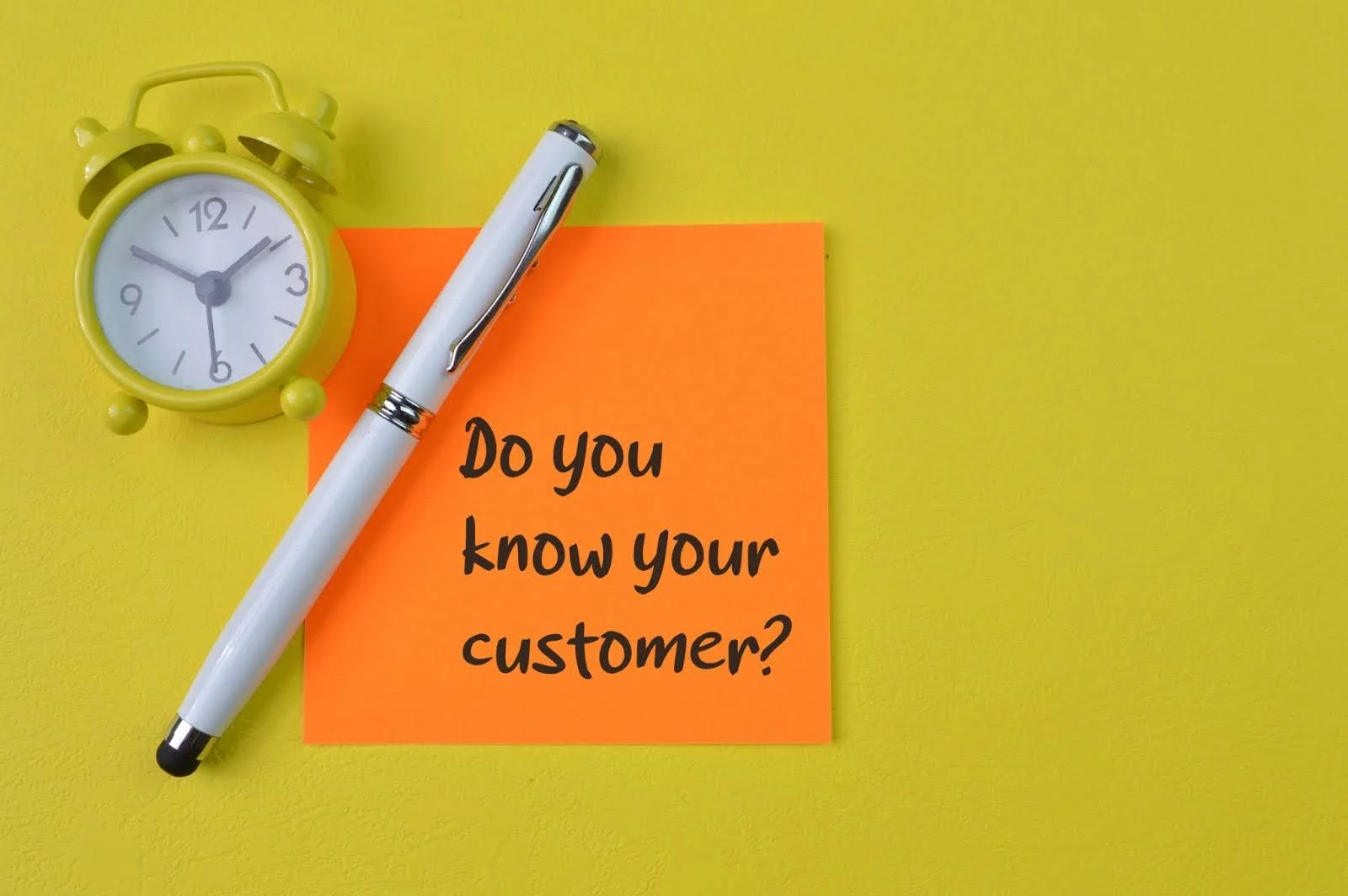
Building a strong customer acquisition strategy is key to business growth. Here’s how to do it right.
Identifying Your Target Audience:
Setting Clear Goals and Objectives:
Creating Compelling Content:
Acquisition Mapping:
To explore how to optimize each stage of the customer journey, check out our blog, Making Every Step Count: A Guide to Customer Journeys. It offers practical tips to help you improve your strategy and build stronger connections with your audience.
Key Metrics for Customer Acquisition

- Customer Acquisition Cost (CAC): This metric represents the total cost of bringing in a new customer, including all marketing and sales expenses.
- Customer Lifetime Value (CLTV): This is the total revenue you can expect a customer to generate over the course of their relationship with your business.
- Customer Churn Rate: This percentage shows how many customers stop doing business with you over a specific time period, helping you understand retention challenges.
- Marketing Qualified Leads (MQLs): These are leads that have shown interest in your product or service but aren’t quite ready to make a purchase yet.
- Sales Qualified Leads (SQLs): These leads have been identified as ready to buy and are further along in the sales process.
To optimize these metrics, our Marketing Analytics service at Analyze Right offers the insights you need. We’ll help you track and analyze your data to drive better results and grow your business.
Common Customer Acquisition Challenges and Solutions

Challenges:
- Standing Out in a Crowded Market: With so many competitors, it can be tough to make your brand shine.
- Building Brand Awareness: Getting noticed, especially if your brand is new or not well-known, can be a real struggle.
- High Customer Acquisition Costs: The expense of bringing in new customers can quickly add up, impacting your bottom line.
- Long Sales Cycles: It can be frustrating when it takes too long to turn a potential lead into a customer.
- Customer Churn: Losing customers after you’ve worked so hard to acquire them can be disheartening.
Solutions:
- Creating a Strong Value Proposition: Clearly communicate what makes your brand unique and why customers should choose you over others.
- Investing in Brand Building: Use strategic marketing and communication efforts to increase brand recognition and make a lasting impression.
- Optimizing Your Channels: Regularly review and adjust your customer acquisition channels to make sure you’re getting the most out of your efforts.
- Improving the Sales Process: Make it easier for customers to say "yes" by simplifying your sales process and removing any unnecessary barriers.
- Focusing on Retention: Develop strategies to keep your customers engaged and loyal, turning them into repeat buyers and brand advocates.
By addressing these challenges with the right solutions, you’ll not only attract more customers but also create stronger, more lasting relationships with them.
Advanced Marketing Strategies
Multi-Touch Attribution Models
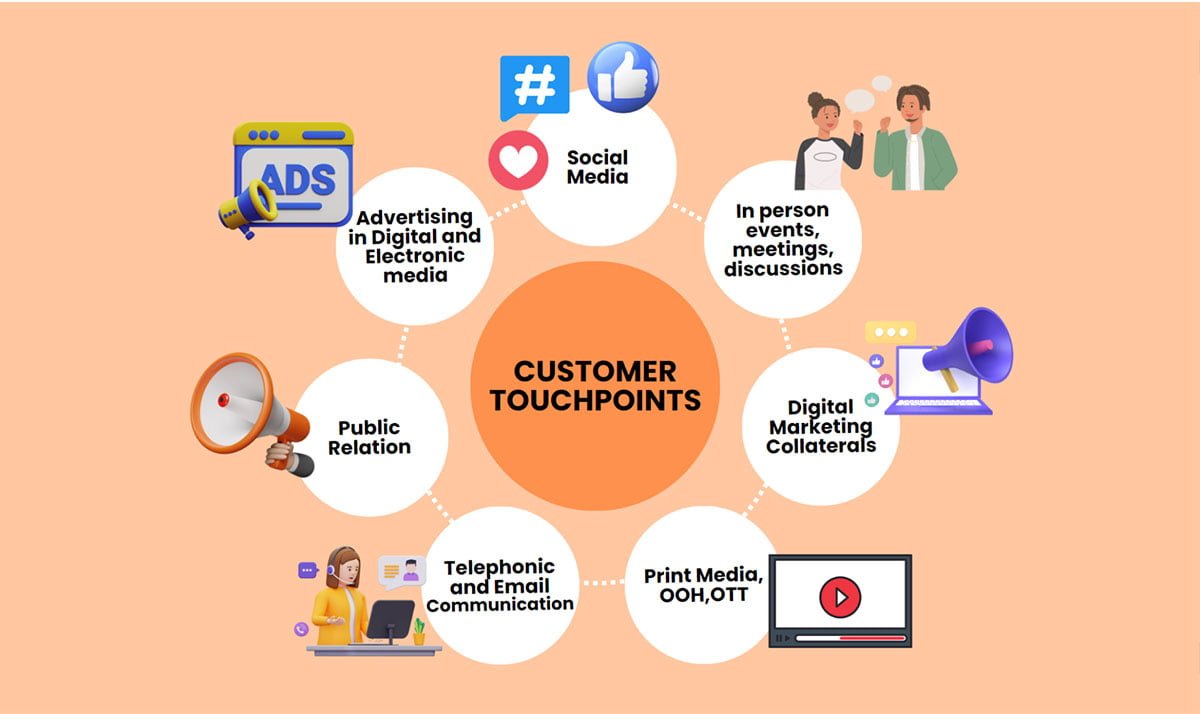
One advanced method is the Shapley Value model, which comes from cooperative game theory. It assigns value to each touchpoint based on its impact on the final conversion, helping you understand which steps truly matter in your customer’s journey. Here’s how it works:
- Shapley Value Model: This model looks at every possible combination of touchpoints and calculates the average contribution of each one. This way, every touchpoint gets fair credit for its role in a conversion.
- Effective Resource Allocation: Knowing which channels and touchpoints have the biggest impact allows businesses to direct their budget and efforts where they’ll make the most difference, leading to a more efficient and profitable marketing strategy.
Omnichannel Presence

- Unified Experience: Give your customers the same great service and clear messaging, no matter where they connect with your brand. This consistency makes them feel valued and understood, wherever they interact with you.
- Consistency and Comfort: This approach builds trust and loyalty, as customers appreciate the ease and reliability of their interactions, making them more likely to stay engaged and convert.
Journey Orchestration
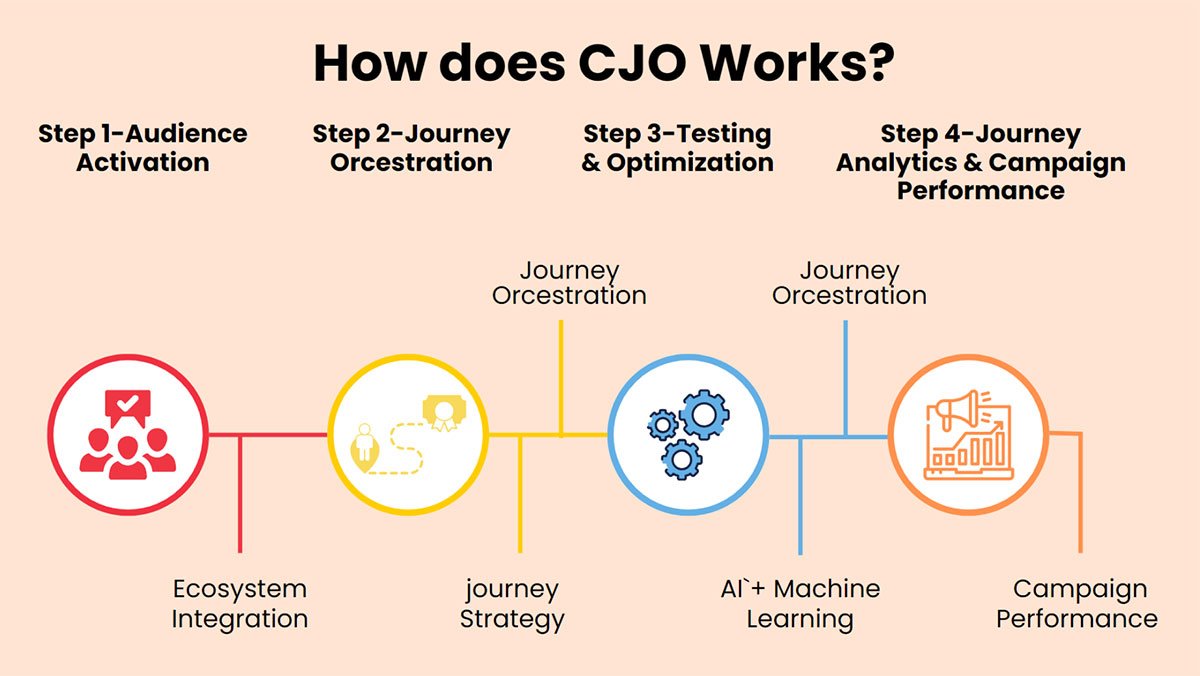
- Personalization: With insights from CDPs, businesses can customize their messages and offers to match the unique needs and preferences of each customer.
- Optimized Engagement: By understanding how customers behave and what they prefer, businesses can create experiences that resonate more deeply, leading to higher conversions and greater customer satisfaction.
Conclusion
At Analyze Right, we’re here to help you master customer acquisition. With our expertise, you can achieve sustainable growth and build a loyal customer base. Let’s work together to transform your business and secure your success for the long run.

